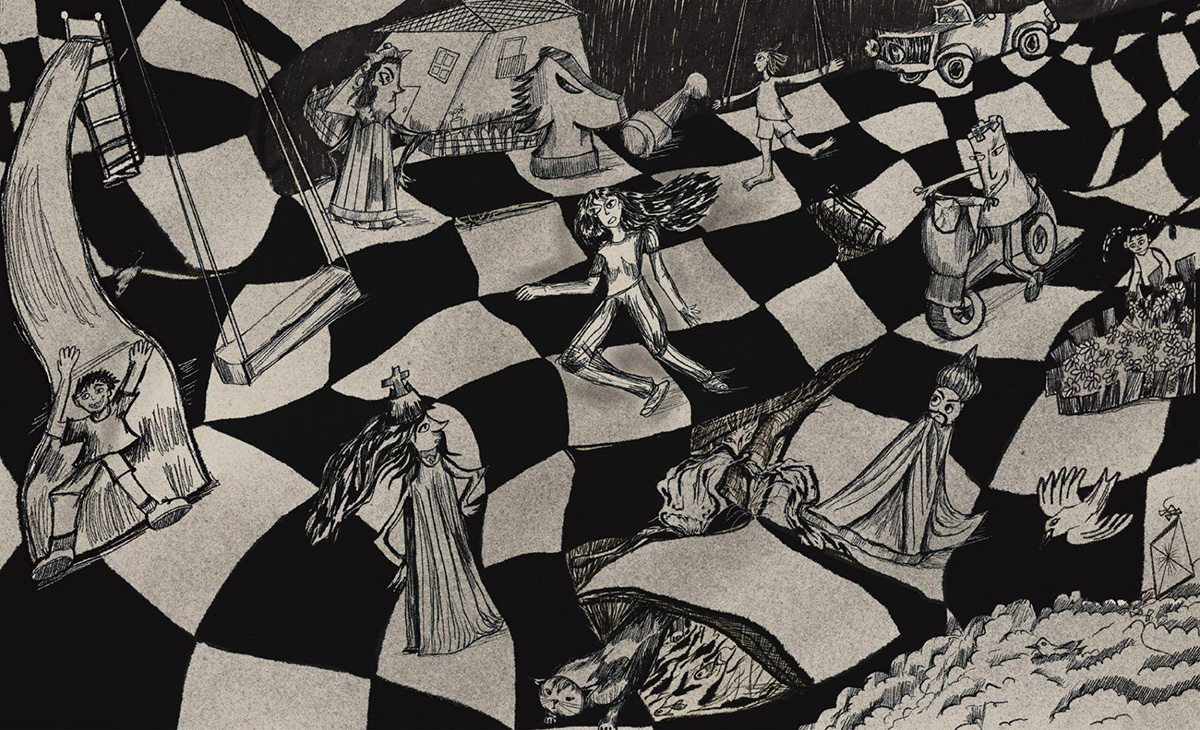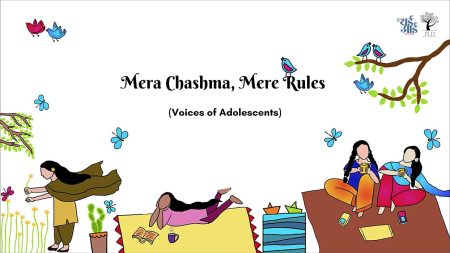A Short Story
It was the end of a long day. Jyotsna, Raghavi and I were in Hyderabad, sitting on the parapet wall of a house abutting a mosque. We were participants/observers in a community meeting.
The meeting was being held in a central square; around this square was a small temple, a mosque, and petite residential buildings of varied kutcha/pucca status. What we wanted to understand was how women used public spaces, and experienced gender-based violence in such spaces.
As we sat, we noticed that an older woman was lying down outside her house, on the small platform often used for sitting/storage. She was sleeping soundly. Her house was, in fact, right on the road — people, scooters, goats, cows and all manners of city life were bustling around her. And there she was, right on the ledge outside her home, sound asleep.
What first came to mind for us was the simplicity of the act. We have a number of campaigns around women claiming the right to public space — we even have initiatives that focus on claiming the right to sleep in public parks. And here she was doing it — not as part of a campaign, but as part of her life. She was not making a point; she was just being.
Later, when Jyotsna, Raghavi and I started discussing this, we debated whether her act of sleeping outside her house indicates the precarity of urban poverty, or a particular lacuna in the political economy of spaces in poor neighbourhoods, which subjects her to seek that particular space for sleeping. We also debated whether perhaps we are the ones who have a warped sense of the public/private division.
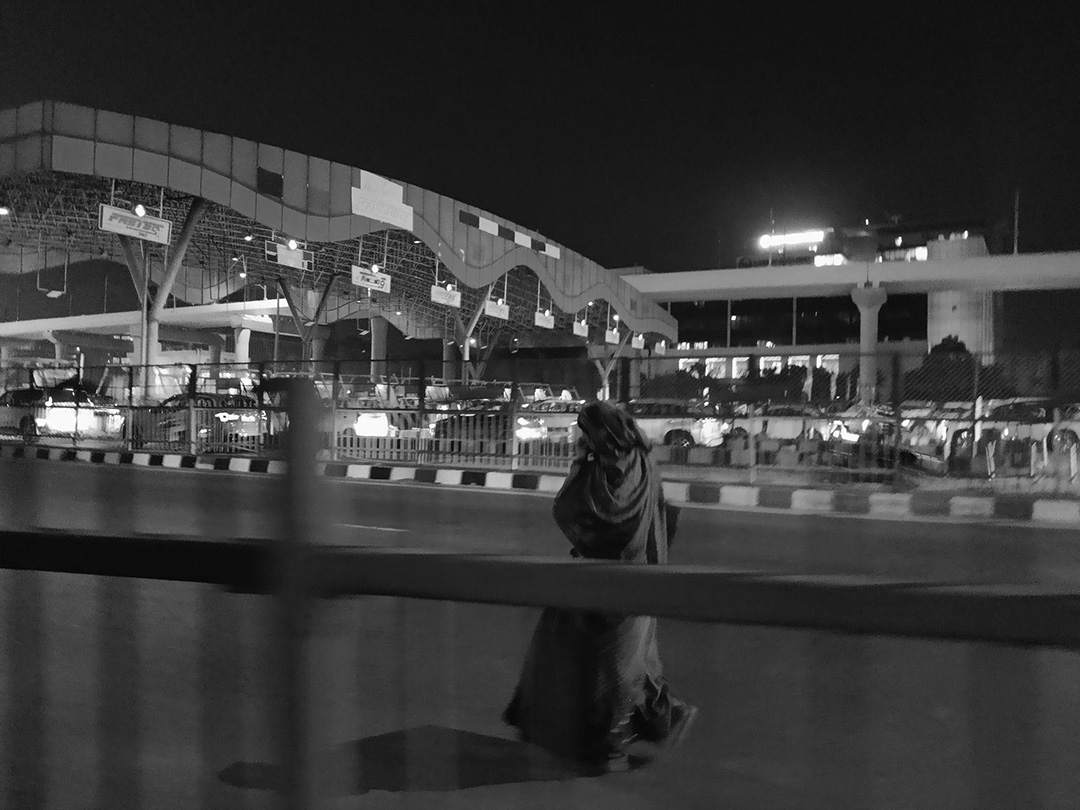
Women claiming public space is not a utopian vision that people in the social sector have dreamt up. Women are already doing it.
Stories of Public Spaces
The starting point of any conversation regarding public space is that it is diverse. But we also have to understand how these spaces are constructed.
If gender is not just a biological entity, institution or a structure — but is continuously constructed within a particular space and time — then the same also applies to the notion of public space.
We already know that we often think of public space as masculine, and therefore exclusionary; or that women are not ‘safe’ in public spaces, and their place is in the home.
When we speak about the place of women or where they are most ‘comfortable’, we tend to think of women as being located ‘naturally’ (and therefore, safely) within the home.
Consequently, they are often treated as interlopers in the public space.
In fact, most of the literature around the world will tell us that not only do women not have access to public space, but that they take risks when they do occupy it (as Sameera Khan, Shilpa Phadke and Shilpa Ranade put it so eloquently in their book Why Loiter?).
Also, if we go by the very fine essay Under Western Eyes written by Chandra Talpade Mohanty, it is within the private space that the ‘idea’ of women is constructed and defined. So, even while women might be inhabiting public spaces, the idea that they are ‘interlopers’ — always the outsiders — is a concept that is deeply ingrained in the social and cultural fabric.
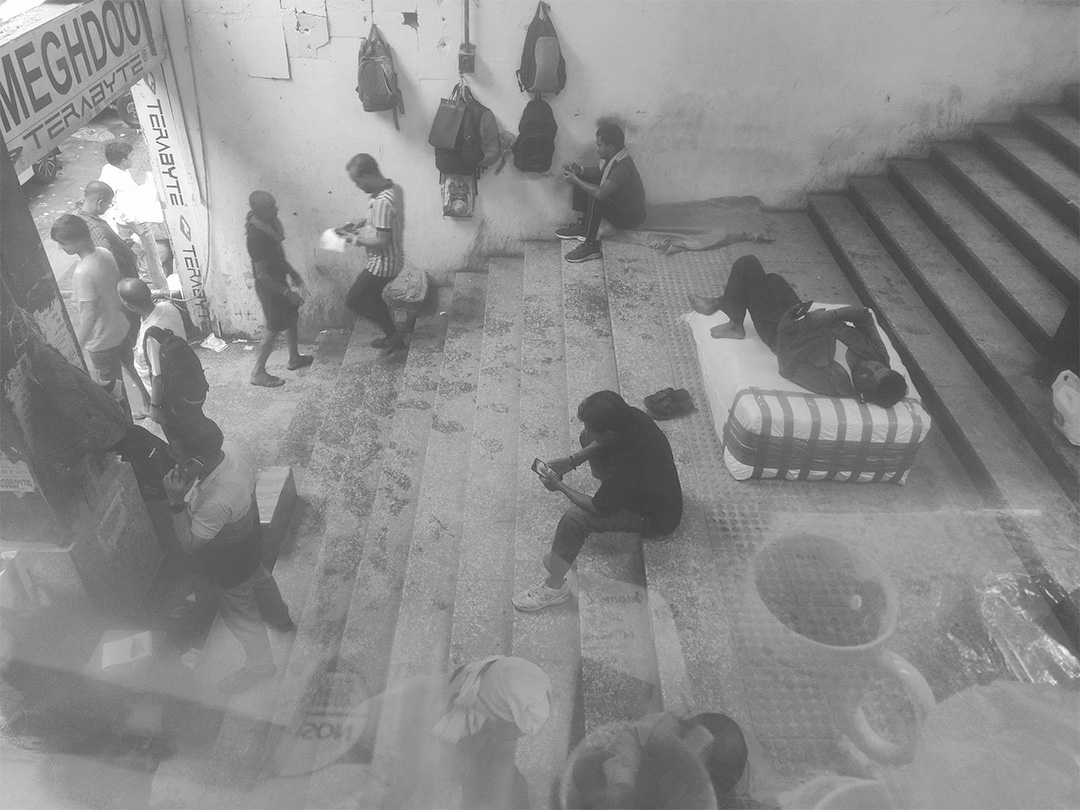
The gendered use of public space is not just about the way we use it, its accessibility, or the contestations of power, but about the very notion of identity. So, when Shilpa Phadke and others are talking about loitering as defying the patriarchy, they are not just articulating risk, they are also alluding to the idea that women have to create and construct this identity within the public space — of being a public woman — for it is not something traditionally bestowed upon them.
But one of the great disservices that gendered discourse on women and space does is that it connects our collective imagination of public space intricately with violence. This makes us ‘unsee’ our delight, our desire, and our joy reflected within public spaces.
In some sense, we have to also battle our own imaginary boundaries in order to find ‘space’ within the public, and to forge different kinds of selves within public spaces.
The Spectre of Patriarchy
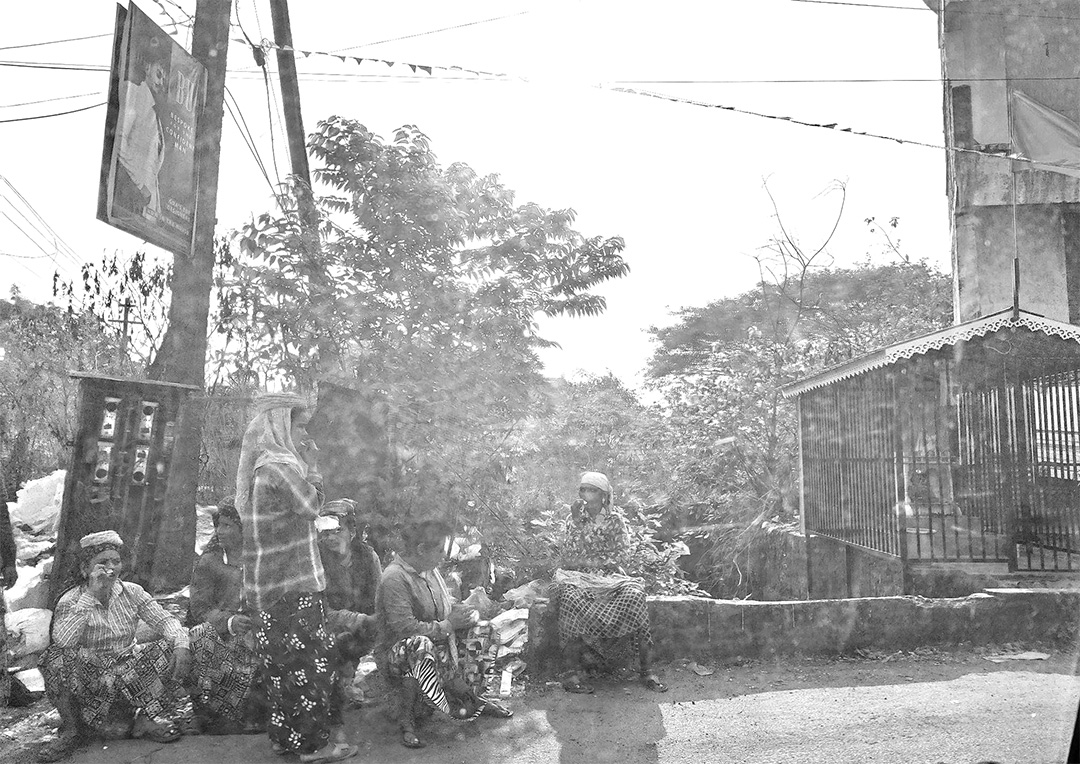
Finally, I asked a stupid question in one of the classes: Why have the feminist theorists abandoned patriarchy as a tool to understand power?
This opened up a discussion, both within and outside the classrooms, from which I learned something quite significant: when we use patriarchy as a black box to explain everything from social norms to Female Genital Mutilations (FGMs) to beauty ideals to violence, it tends to become reductive.
When we start using patriarchy as an explanation for everything, it is easy to forget the questions the word hides: What are its rewards? How does it work? Why does it work?
When ‘patriarchy’ becomes the sword that we cut all cakes with, we can turn a term that explains into something that obfuscates.
Patriarchal Bargains
A simple example of this can be found in our understanding of compliance, submission, or resistance.
I first understood this through the concepts of patriarchal bargains examined rigorously by Deniz Kandiyotti. Patriarchal bargains are specific strategies, negotiations and compromises that women make on a daily basis to gain specific forms of sanctioned or approved security, or even autonomy.
Based on the ground-breaking research done in 1988, Kandiyotti examines various forms of patriarchal family systems in Asia and Sub-Saharan Africa and investigates women’s individual strategies to confirm, manipulate or subvert the demands of the patriarchy system in order to gain individual benefits: financial, psychological, emotional, or social.
She articulates the different ways in which women within the confines of a larger oppressive force (like patriarchy), also derive individual benefits, and therefore, resist changes to the system because they are unable to, or feel that they cannot derive greater benefits than the ones they already receive.
While we might rightfully critique that these bargains often leave the systems intact, they are made in the interest and best advantage of individual women, who are able to manipulate the oppressive system.
In fact, understanding the nature of these bargains allowed me to examine patriarchy in its varied colours, outside the black box that we often store it in.
It helped me unpack small daily ways that women are able to use patriarchal norms around them to give body to their own desires and dreams.
One of the examples that we often come across is the manner in which girls and women use the idea and performance of the ‘good women/girls’ as a pathway to transgress highly monitored patriarchal boundaries; these transgressions can be contesting elections, creating leisure time, or choosing their own life partners.
Understanding how the patriarchy system operates or why it continues to operate over centuries in material, cultural and symbolic terms is useful for identifying how or why it is intertwined with violence — or to even understand what can be considered public. And one of the ways that we can begin to understand the mechanisms and the machinations of patriarchy is through the systems of paternalism.
Violence and Paternalism
We often believe that violence is used in the service of patriarchy, and that patriarchy and violence (as concepts) share a particular affinity for each other. I’d like to put this notion to the test based on sociologist Mary Jackman’s excellent thesis in her book, The Velvet Glove. In it, she makes a systematic argument for the idea that in fact, violence and patriarchy share a very contentious relationship.
The heavy lifting of patriarchy is often done by one of its very important companions — paternalism.
Jackman contends that violence is often unnecessary to secure control over women (‘s bodies) when they are already subordinated by the system of coercive love.
If women are praised, rewarded, derive social benefits for being compliant and are openly stigmatised for being resistant, then physical force is often rendered unnecessary. Especially in social narratives where women are often rewarded as ‘good women’, women themselves need not see gender inequalities being produced and reproduced within their families. Instead, they are very likely to see it as a ‘natural part’ of their families, as a natural part of being in love and being loved.
So, the very idea that conflict or violence is the only indication of exploitative relationships is theoretically very thin.
A particular form of ideology is often employed in the institutionalisation of inequality because the one who is oppressed is often persuaded (in myriad forms or fashion) to accept such institutionalisation.
While there might be individual resistance, persuasion — in the form of paternalistic affection, love, and romance — is useful in hiding the fact that actually what’s being used in the form of persuasion, is power.
So, if we are able to think of paternalism as one of many arms of the patriarchy system, we can easily see how patriarchy functions to maintain the status quo of power within intimate relationships, the manner in which social norms imprison women into ‘good’ women, and the manner in which power can easily direct action without contestation or recognition.
A very simple example of this is a question we recently asked of a group of young girls in Rajasthan: whether they move around or outside their lane after 9 pm. All the girls (and some of the women) said they did not feel comfortable doing so.
Given that they had just finished telling us about how safe the neighbourhood was, we asked why they never went out at night.
The women and the girls told us the reason was that they felt sexual harassment might take place. When we asked them whether any kind of sexual harassment had, in fact, ever happened or had been known to happen in the last 10 years, they all shook their head and insisted again that the neighbourhood was safe.
So, the self-policing that women and girls were doing (1) was in direct contradiction of their own wishes (they wanted to go out freely into the night), and (2) their experiences (it had never been known to happen), and (3) perpetuated a blatantly false idea that the violence is something that happens outside and almost always in the night.

A good way of thinking about paternalism is to imagine it being a cousin to gaslighting.
Paternalism as the primary arm of patriarchy binds people so tightly in relationships of compassion, love, sympathy and concern that open hostilities or violence is simply not feasible.
When relationships of domination are intrinsically tied to relationships of love and affection, gentle persuasion through social practice and ideology can dominate without any resistance. This doesn’t mean that there are no negative emotions, but they are often painted over with the colours of love, harmony, obligation, social role and tradition.
When Shilpa Phadke engages with altruistic rationality in her work, she is talking about the very “generous” ways in which women’s bodies are being controlled for their own benefit. For example, being told to stay at home, because it is safer (for their own good), to be monitored via the phone at all time so that family members or partners are not “worried” — all these normative behaviours are only some instances of the larger paternalistic framework of creating and rewarding an idealised version of a good woman/girl who has to be protected, often from her own desires.
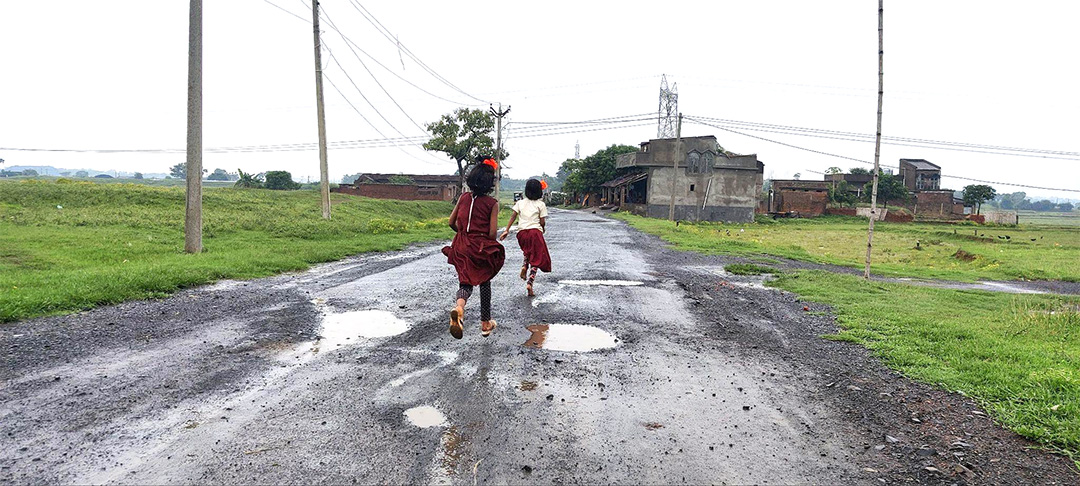
This is why the idea of frivolous fun, or the idea of joy, of passion, of freedom is so powerful. It is not just because these notions are shields against the idea of controlling violence, but against the near-invisible machinations of patriarchy through paternalistic love.
In fact, this is the reason why anyone working with gender-based violence cannot discount love when it emerges as central to stories of violence — love is often the protagonist. But this also means that negotiating with patriarchy is not to be found only in the sections of ‘coping strategies to violence’ — it has to be found in the everydayness of living.
Violence as Fracture
Just as consensus is not a sign of functional integration, in the everydayness of living we discover that violence is often not an exclusive symptom of exploitative relationships. In fact, Mary Jackman argues in The Velvet Glove that violence can often be used to examine the breaking down of the norms of patriarchy, instead of being its symbiotic partner. If we use violence as a lens — as the point of breakdown where the order starts to reveal its inherent and systemic contradictions — then we can begin to witness the ‘normative’ body of patriarchy that works so very well with paternalism.
So, the way in which we approach our data about gender-based violence in public space should not be to always see violence as a symbol of patriarchal control, but also as a site where there is a potential and fear of losing this control.
Instead of creating a unified discourse or theory of gender violence, we can start focussing on the nature and manner of the violence as an aberration, and use that to direct our gaze at the underbelly of control that the violence exposes.
This expansion of focus also allows us to engage with the experiences of men who are also subject to violence (from other men) in public spaces.
This is necessary, because if we can move past the idea of public spaces as spaces that are inherently unsafe for women, or that violence in public spaces happens only to women, then we can begin to see the actual violence that does take place — the everydayness of violence that happens to all people who are ‘different’, whether in terms of gendered identity, religion, able-ness, caste, class et cetera.
We can then begin seeing violence in public spaces not as a women-centric problem, but a problem born of discrimination, isolation, and exclusion. This will help us make better sense of the world around us and its visible realities.

And finally, the essential question: if we have to examine violence as a lens and paternalism as the protagonist of this story of public spaces, then how do we see things differently? It is too soon to tell, but the manner in which we are trying to answer these questions is to see whether we can change the way we tell our stories. If stories can help create different realities, how do we tell our stories of gender violence and women in public spaces differently?
Note: In a workshop organised by KREA University, titled “The Public and Digital: Examining the Spatial Dimensions of Increasing Gender-based Violence in India” I was invited to speak in the session titled ‘Understanding Violence in Public Spaces’. The ideas articulated within this essay were written in response to the concept note of the conference.
Niveditha Menon is the Director of Centre for Budget and Policy Studies. In two decades of research experience in diverse areas, her specialisation in gender has allowed her to explore issues related to gender violence, sexuality, education, masculinity, and the empowerment of women. She has also worked in the areas of governance, education, and information technologies. Recently, she has started working more deeply in the areas of public spaces and gender-responsive budgeting.


